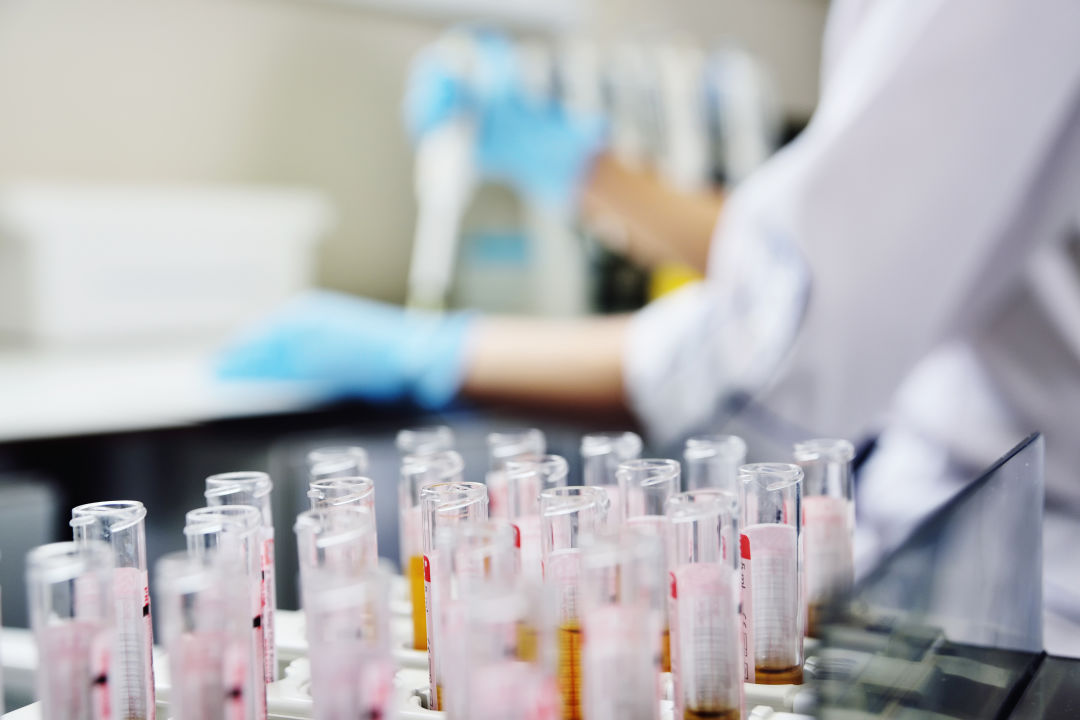Genetic Testing Can Provide a Road Map for Your Future

While nothing is 100 percent, experts even see the probability of genetic manipulation in the future.
Over the last 20 years, genetic testing has emerged as a remarkable and valuable tool for analyzing and even mitigating all kinds of medical conditions—including cancer. But the one thing genetic testing can’t do is predict the future. It’s more road map than crystal ball.
“Nothing is definite. Everything is just about risk,” says Nicole Wood, the oncology genetic counselor for Sarasota Memorial’s Genetic Testing for Hereditary Cancer program. “We can tell you if are you at 5 percent risk or 50 percent risk, and we can tell you which organ those numbers are in. But nothing is ever 100 percent.”
Oncological genetic testing gained prominence in the early 2000s, when tests emerged that could detect mutations in genes BRCA1 and BRCA2, indicating risk for breast cancer and other cancers. (In 2013, a genetic test revealed that Angelina Jolie, whose mother died of cancer at age 56, had a severe mutation in her BRCA1 gene. She subsequently underwent a voluntary double-mastectomy.)
The genetic testing process begins with an extensive conversation with a genetic counselor, who will ask about your own medical history as well as your family’s—going back three or four generations if possible. “We usually ask them to do some homework ahead of time,” says Wood.
Even if you yourself have never had cancer, certain familial factors can indicate hereditary risk: cancers through multiple generations on the same side of the family, for instance, or even just one family member who’s had certain cancers like ovarian or pancreatic, which are very rare in the general population.
If you opt for a genetic test, it only requires a blood draw. The blood will be sent to a lab where scientists will examine dozens of genes and produce a report on each one. Today, a standard oncological genetic panel examines 47 genes, while more extensive tests can analyze as many as 100.
The results can feel like an onslaught of new information, but they actually just show what you’ve been living with this whole time.
“[Your genetic makeup] is not new. It’s something you’ve always carried since birth,” says Wood. “We use it to modify what we’re doing with your cancer care, screening, medical management, etc. Whatever train you’re on that might lead to cancer, we can redirect it.”
At-risk individuals may be counseled to receive certain screenings like mammograms or colonoscopies earlier or more frequently than the general population. The genetic information allows for a proactive approach to cancer care, well before cancer ever develops.
For individuals who already have cancer, genetic testing can allow for targeted, personalized treatment regimens. For example, certain genetic indicators can be paired with highly effective chemotherapies with milder side effects.
Still, genetic testing isn’t for everyone, and there’s good reason not to rush out and get tested willy-nilly. Counselors are an invaluable part of the process.
“Once you know this information, you can’t un-know it. It’s about how you process it,” says Wood. “If you’re an anxious person and knowing that you have a 10 percent risk for colon cancer, is every stomachache going to send you to the emergency room? That’s a bad result.”
Genetic testing technology continues to evolve at warp speed. Wood estimates that the number of genes that can be tested for cancer risk will double in two years. And while nothing is 100 percent, Wood even sees the probability of genetic manipulation in the future.
“Can we change these genes? Can we fix them?” she asks. “Maybe.”



